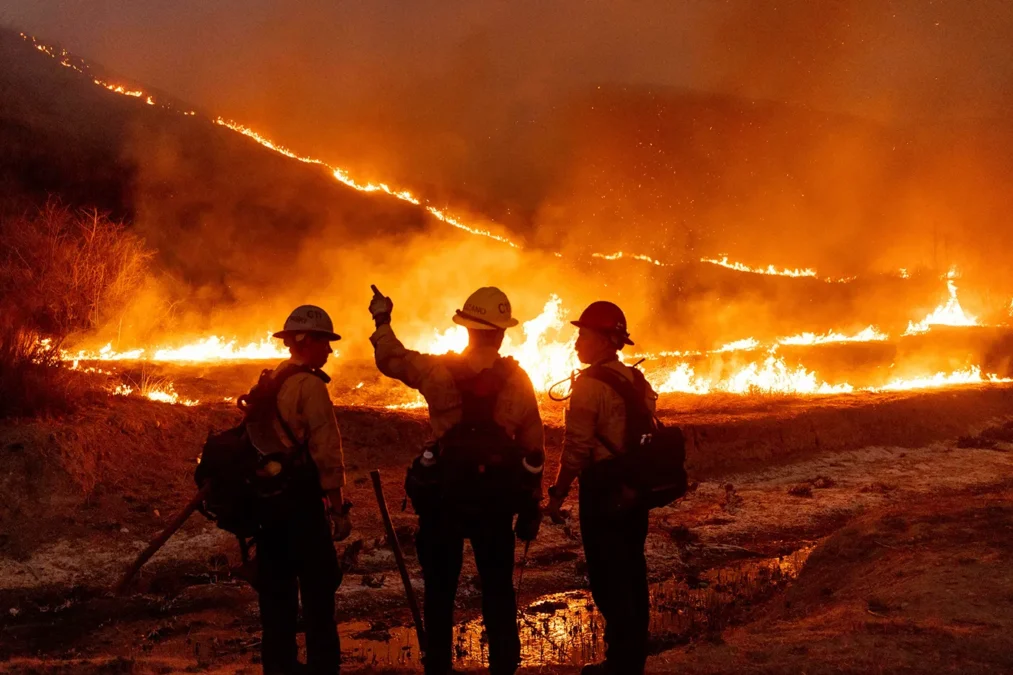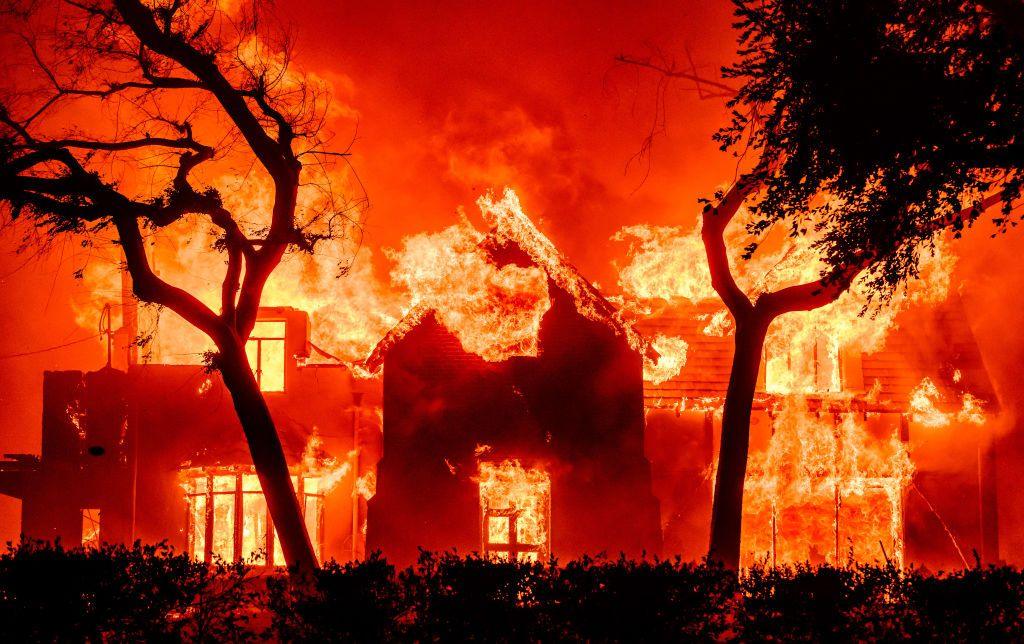Wildfires have become a devastating annual occurrence on the West Coast, and California fires today continue to pose significant threats to communities, wildlife, and the environment. Driven by a perfect storm of dry weather, high winds, and parched vegetation, the Golden State faces increasing challenges as climate change intensifies fire behavior. As of today, multiple fires are burning across various counties in California, leading to evacuations, highway closures, and hazardous air quality in affected areas.
In this comprehensive article, we will explore everything you need to know about the California wildfires today — including the current active fires, their locations, causes, containment efforts, air quality reports, and protective tips for residents. This article is created with SEO-friendly best practices to provide informational value and visibility in search engine rankings.
🌲 Current California Fires (As of June 30, 2025)
As of June 30, 2025, several wildfires are active throughout California. The state’s fire season has escalated significantly due to high temperatures and prolonged drought conditions. According to data from Cal Fire (California Department of Forestry and Fire Protection), the largest and most impactful fires currently include:
1. Sierra Canyon Fire
- Location: Butte County, Northern California
- Acreage: 18,500+ acres
- Containment: 45%
- Evacuations: Mandatory evacuations in parts of Chico and Forest Ranch
- Cause: Under investigation
This fire began during a lightning storm earlier in the week and quickly spread due to gusty winds and dry terrain. Firefighters are battling rough terrain and limited visibility due to thick smoke.
2. Southern Front Fire
- Location: Riverside and San Bernardino Counties
- Acreage: 12,300 acres
- Containment: 58%
- Evacuations: Voluntary evacuations in Lake Elsinore and surrounding communities
- Cause: Suspected arson
Southern California continues to be a hotspot for dangerous fire activity, and this fire quickly gained ground due to triple-digit temperatures and strong Santa Ana winds.
3. Pine Grove Fire
- Location: Yosemite National Park area
- Acreage: 7,400 acres
- Containment: 22%
- Impact: Closures in Yosemite, including campgrounds and hiking trails
- Cause: Lightning strike
This wildfire is threatening popular tourist destinations and natural reserves, putting lives, ancient sequoias, and wildlife habitats at risk.
🔥 Causes of Wildfires in California
Understanding the causes behind today’s California wildfires is essential for both prevention and preparation. Wildfires in California are typically caused by:
- Human Activity: Campfires, vehicle sparks, power lines, and discarded cigarettes
- Arson: Intentional fire setting remains a common issue in densely populated zones
- Lightning Strikes: Especially during summer storms
- Downed Power Lines: PG&E and other utility companies often come under scrutiny for wildfire-triggered infrastructure faults
- Climate Change: Rising global temperatures result in longer dry periods and droughts, increasing fire risk
💨 Air Quality and Health Alerts

One of the major concerns related to ongoing California fires today is air pollution. Wildfire smoke affects millions of residents, even in cities hundreds of miles from the fire’s origin.
Areas Experiencing Unhealthy Air Quality (as of today):
- Sacramento and the Central Valley: AQI 180 (Unhealthy)
- Los Angeles Basin: AQI 135 (Unhealthy for Sensitive Groups)
- Bay Area: AQI 95 (Moderate)
Residents are advised to:
- Stay indoors with windows closed
- Use HEPA air purifiers
- Limit outdoor physical activity
- Wear N95 masks if outdoor exposure is necessary
Apps like AirNow, IQAir, and PurpleAir provide real-time updates on air quality and smoke movement.
🚨 How to Stay Safe During a California Wildfire
Wildfire preparedness can save lives. If you’re in a high-risk area or near today’s active fire zones in California, follow these essential safety recommendations:
1. Create a Go-Bag
Your emergency supply kit should include:
- Important documents
- N95 masks
- Portable charger
- Water and non-perishable food
- First aid kit
- Flashlight with extra batteries
2. Follow Evacuation Orders
Always comply with local evacuation mandates. These are issued for your safety and are based on professional assessments of fire behaviors.
3. Prepare Your Home
- Remove flammable debris from the roof and gutters
- Wet down vegetation around your property
- Shut off propane and natural gas lines
4. Know Your Evacuation Routes
Identify multiple exits and backup routes from your home in case your primary road is blocked by fire or emergency vehicles.
5. Stay Informed
- Cal Fire App
- Local news and emergency radio stations
- Twitter accounts of city/fire departments
🔍 Fire Map and Live Updates
It’s crucial to monitor evolving fire conditions. Live fire maps offer real-time tracking of fires across the state. Here are some recommended resources:
Search terms frequently used today include:
- “California fires near me today”
- “CA wildfire map live 2025”
- “Air quality due to California fires today”
- “Is Yosemite closed because of fire?”
🌎 Climate Change and the Future of California Wildfires
Today’s fires are not only bigger and faster than those of decades past, but they’re also more frequent because of climate change. Extended dry seasons, declining snowpacks, and shifting wind patterns mean fire season begins earlier and ends later than ever before.
Researchers and fire officials note:
- The number of megafires (more than 100,000 acres) has increased in just the past decade
- Fire suppression has led to overgrowth in forests, becoming tinderboxes in summer
- Continued urban sprawl into wildland-urban interface zones (WUI) increases exposure to risk
🛠️ Government Response and Firefighting Efforts
California’s government, along with federal agencies like FEMA and U.S. Forest Service, are coordinating extensive resources to fight wildfires. Thousands of firefighters are deployed statewide, with air tankers, bulldozers, and incident management teams on high alert.
Additionally, state efforts are focusing on:
- Increasing prescribed burns to reduce buildup of flammable brush
- Investing in fire-resistant infrastructure
- Upgrading the state’s early-warning systems
📱 Social Media: Stay Connected and Updated
Social media is one of the fastest ways to get real-time updates. Follow these verified sources:
- @CAL_FIRE
- @NWSBayArea
- @RedCross
- @CAgovernor
Trending hashtags:
- #CaliforniaFires
- #CaliforniaWildfires
- #SierraCanyonFire
- #PineGroveFire
Conclusion: Stay Safe, Stay Prepared
The California fires today are a stark reminder of the increasing intensity and frequency of wildfires across the state. Whether you’re directly impacted or living nearby, staying informed and prepared can make all the difference. With active fires like the Sierra Canyon Fire, Southern Front Fire, and Pine Grove Fire, millions must stay cautious and vigilant.
From checking real-time fire maps to using air quality trackers and preparing a family evacuation plan, proactivity is key in facing a wildfire emergency. As climate patterns evolve and fire activity increases, adaptation and preparedness should remain top priorities across the state.
For continuous updates, return to this page or bookmark reliable resources like Cal Fire, InciWeb, and trusted local news outlets.



